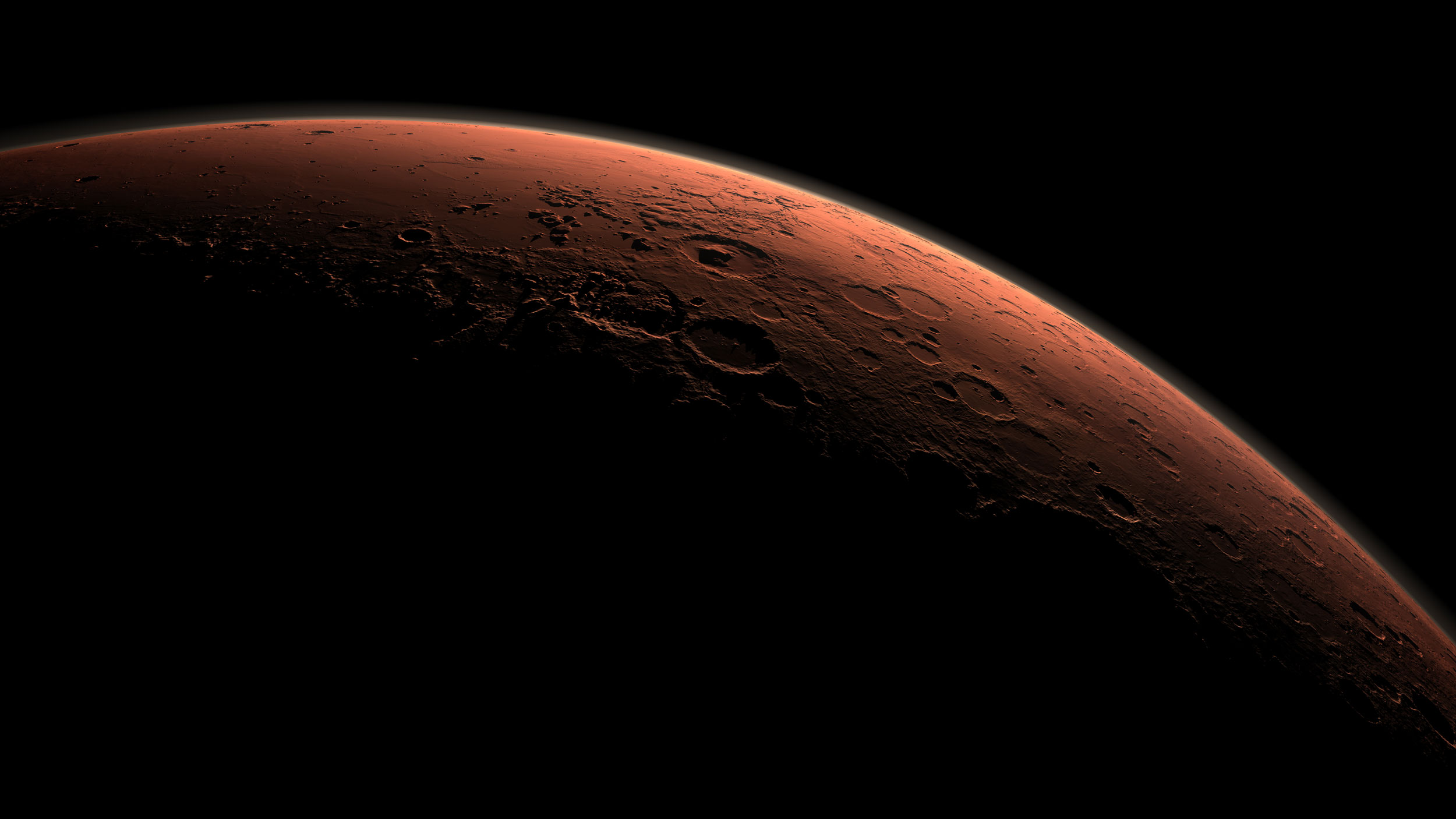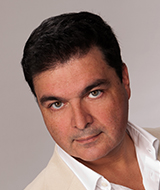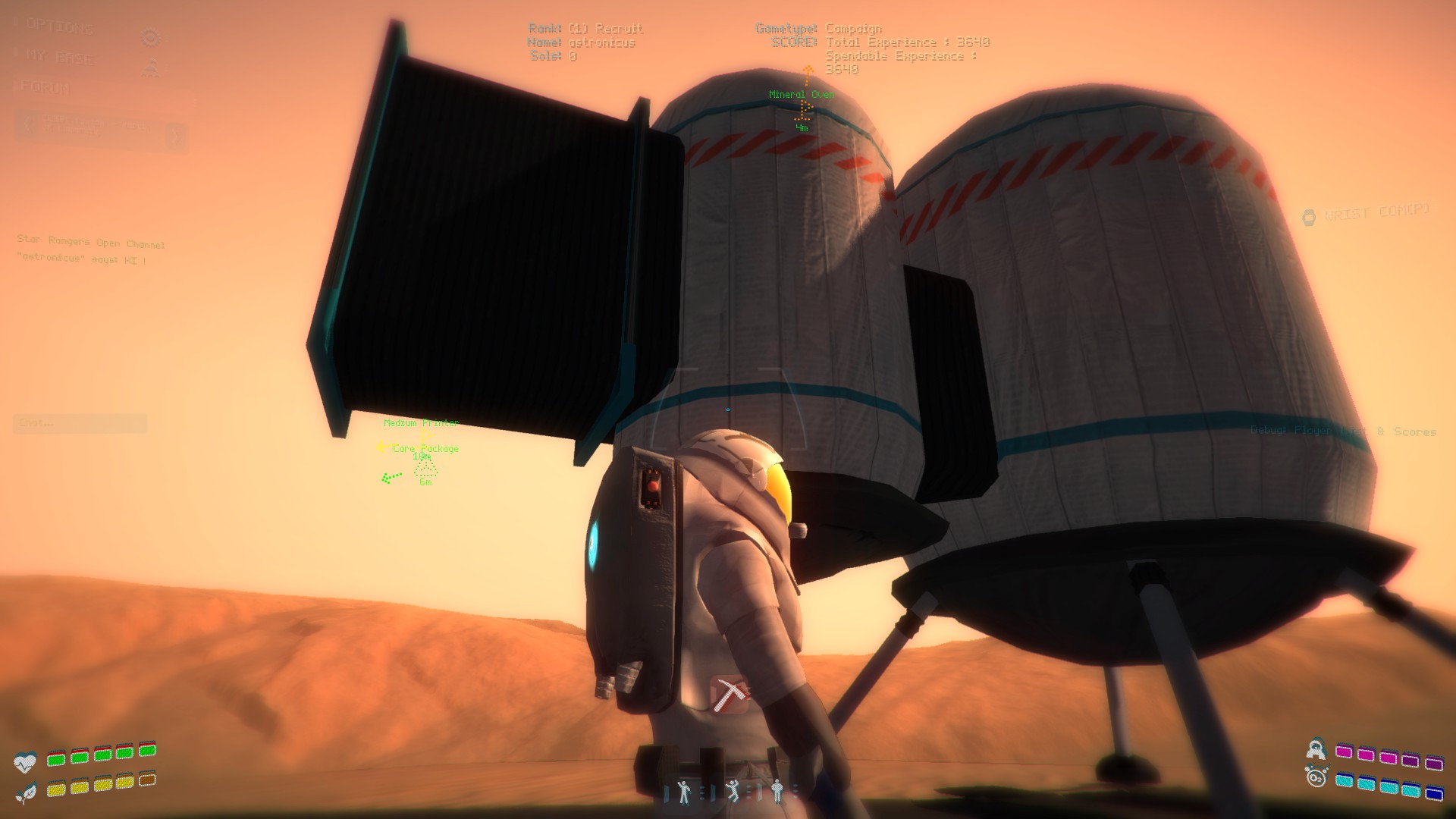Recently, I had a unique opportunity to interview the wonderfully charismatic CEO of Project Whitecard Inc., Khaled Shariff. To say he is a visionary would be an understatement. His company is pioneering new ground in the gaming world with what are called serious games. These are games designed to be more than just entertainment — they also teach.
Mr. Shariff is the brains behind Star Rangers, a near future space exploration game that was released on Steam last week. The game is in an early alpha state at the moment, but is receiving regular patches and updates. Mr. Shariff is hoping that community input from the alpha and beta stages will help to improve the game over the course of its development.
The Origins
Mr. Shariff left a career as a Senior Web Developer for the Canadian Broadcasting Corporation to start his own company and design games that would change the industry. He believes games are not only for entertainment, but also as tools to inspire us to learn and grow. Here is what he had to say:
GS: Hello and thank you for taking a few moments out of your busy schedule to speak with me. Congratulations on the release of Star Rangers. How has the release been so far?
KS: “Thank you. It has been great, it’s been very busy, but sales are great and we are getting some very positive reviews. So, yeah it’s been good.”
GS: Can you tell me a little about Project Whitecard and how you got involved with developing games?
KS: “Project Whitecard Was founded about 9 years ago. I was working at the news in Toronto before that as a senior web developer and made it to what I consider to be the top of that profession. [I] really wanted to do something that was good for mankind, if you will, you know, because I spent a lot of time posting news stories on the war, you know Afghanistan and Iraq.
I felt like people weren’t getting smarter. There was a disservice being done, not at CBC, but you know I’d rather have the kids grow up smarter. So, I decided about ten years ago to leave and decided to start a game company. What I really wanted to do was work with NASA, with astronauts, and with the space program.”
The Mission
While most of the player’s time in Star Rangers is spent in a vacuum, it was definitely not designed in one. Mr. Shariff invested a lot of his own money and worked hard to obtain funding and support from groups like NASA, the Canadian Space Agency, the Canada Media Fund, the Bill and Melinda Gates foundation, The MacArthur Foundation, The University of California Irvine, and the California Academy of Science. That is quite an impressive pedigree for a video game.
Before Star Rangers, Project Whitecard developed a game called Robomath for the Canadian Space Agency (CSA). The game was designed for 5th – 10th grade children and reached nearly 1.5 million kids in Canada. Astronaut Julie Payette took the starring role in the game and gave it a real connection to the space program.
They also developed a game called Project Moonwalk which was a space simulator designed around the original Apollo missions. Astronaut Chris Hadfield played a role in the development of this mobile title. Starlite: Astronaut Rescue was another small, but expensive game project that really helped pave the way for Star Rangers.
One of the meetings Mr. Shariff had with NASA also garnered a thumbs up from renowned scientist and educator Bill Nye, who told Mr. Shariff: “Khal, build the game you want to, not what other people think you should build”. I was curious about how this all came about.
GS: How did your relationship with NASA and the Canadian Space Agency evolve and how has that helped the development of Star Rangers?
KS: “When I got back to my home town [Winnipeg] I created the company and I first set my sights on a game. [I] got it crystal clear in my sights on the Apollo program and decided to create a game around that. It was called Project Moonwalk.
So, I started working on that and let the Canadian Space Agency know what I was doing because, you know, we have quite a nice space program with some nice astronauts, Chris Hadfield being an important, recent, and very visible one [resource]. When I let Marylin Steinberg at the CSA know that I was really interested in working on this Project Moonwalk, she said “Well I’m interested in this kind of thing too, but you’re going to have to hold on.”
A year later I got a phone call saying: “By the way Khal, heads up we issued a RFP (Request For Proposal)”. I had done quite a bit of work already on Project Moonwalk, had already been invited to speak at NASA by Bruce Damer on a couple of occasions. On one of those I had that famous meeting with Bill Nye.”
The Design
“Designing a game is not an easy thing to do, but I would encourage anyone to try. You certainly become a new person.” – Khaled Shariff
One of the great things about serious games is that they offer a chance to learn something new while having fun at the same time. The science in Star Rangers is real, and to prove it players can earn Mozilla Open Badges for scientific achievements made within the game. These awards, once earned, will be with the player for the rest of their lives and can have far reaching effects on their careers.
Despite the retro, pulp sci-fi appearance of the game, Star Rangers is actually a very sophisticated simulation of space exploration. Mr. Shariff and his team of developers has invested a great deal of thought, effort, and capital into its development. It is the culmination of nearly a decade of dedication and hard work.
GS: I’ve noticed that there is some pretty serious science in the game. I created a moon base where I built an Applied Science Lab. When I tried to upgrade the lab the game asked me to answer a fairly complex mathematical equation involving the coefficient of drag. Can you tell me a little more about that mechanic and what your plans are going forward?
KS: It requires a lot of meditation to come up with ways to introduce learning. One of the things Bill and Melinda Gates were interested in was to show evidence that this [the game] is evidentiary of the things that you have in the game and that becomes your evidence of learning.
I had to really think hard because we had done games in the past where it asks you a question and stops you and then you go on. It really would break the immersion. In Astronaut Rescue we did do some questions that help you triangulate a lost astronaut and that seemed to work okay, but we wanted to make it a little more interesting.
To have a sense of immersion that there is science going on you can only do that right now in a video game or in VR. We are going to do it in VR as well and make it even more seamless. Then you’re immersed in science, not just watching it on a screen.
We have data caches that are spread throughout the game. You collect the data caches and that becomes part of your player inventory stored on your computer. Then when you try to upgrade certain items you can try to use different ,science based, data caches to upgrade.
It’s important to be able to demonstrate, at some point, that we actually did teach people something. That’s the mandate.
GS: Can you talk a little about the Mozilla Open Badges and how that feature was added to the game?
KS: “I had started applying for a project that had initially thought to be a mobile project and had competed with NASA in something called the Digital Media Learning Competition 2011 (DML4). We won that to work with NASA to come up with a system of badges to recognize learning. But of course my idea was to put the badges in a game, right of course. I mean that’s what I’m all about.
I got to pitch, both through the University of California Irvine, and at the California Academy of Science in San Francisco as well as the MacArthur Foundation. Then I was invited to speak at the Bill and Melinda Gates Foundation and we won that [grant], so that got us on our way.”
GS: The music in the game is quite beautiful. Can you tell me who did the soundtrack and how that came about?
KS: “We were given a grant by FACTOR [Canada] to come up with original music which was done by Joe Silva, Ali Khan, and Marty Famine. So that original album is available on iTunes and also on the front of our website. We’ve added some other space themed music in there too just to mix it up, but the core music was done by those three musicians. That was funded by a $50K grant.”
The Future
Project Whitecard is all about the future, especially the future of our youth. In addition to Star Rangers and the learning games developed for the CSP, the Winnipeg based company offers a program in game development at the University of Winnipeg.
They are also doing something completely unprecedented in the gaming industry. They are working with a program called Project PoSSUM and it is pretty amazing. 10% of the proceeds from the sales of Star Rangers is earmarked for this program and will send a few of the game’s most active players to astronaut training at Embry-Riddle Aeronautical University.
Students will learn how to become astronauts and help with sub-orbital science. One of those lucky few will even get to hitch a ride on a rocket and become a genuine Star Ranger in real life! That is quite an incentive to play.
So, how can Project Whitecard possibly top all of this? How about curing Alzheimer’s? That’s one of the company’s new goals. They are currently experimenting with the medical applications of Virtual Reality. Alzheimer’s is just one of several diseases and conditions that may, one day, be cured or prevented by this ground breaking research.
Khaled Shariff is a man who believes in a better future for all of us. He sees games and the gaming industry as a stepping stone on the path to bigger and better things. He believes in our future generations and is literally doing everything he can to put the future in their hands.










Published: Jul 12, 2016 4:22 PM UTC